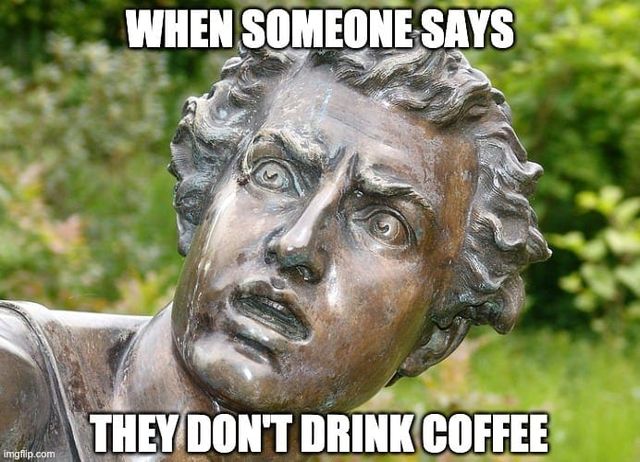A History Of The Anomalous Cultural Meme
- Category: Pics |
- 25 Apr, 2022 |
- Views: 1015 |

Look at virtually any form of social media these days and you’ll be bombarded by memes. From the classic grumpy cat, to all manner of celebrity jokes, the meme is a modern cultural phenomenon. But what exactly is this bizarre human ritual, why has it become so popular, and where did it originate?
The strange truth is that the name meme comes from controversial evolutionary biologist Richard Dawkins. It was in his book The Selfish Gene that he coined the term, described the phenomenon in detail, and paved the way for what we see today. His original definition still holds true, even if his intention was to describe the behaviour of genetics, rather than the habitual spreading of information nuggets.
What Is It, How Does It Work?
Published in 1976, The Selfish Gene was long before what we think of as a meme today. But the concept of a shared idea, passed from person to person and growing in the process, very much did exist in 1976. Dawkins described how biological genes are in control of their own reproduction, will evolve over time, but always serve their own, often mysterious ends.
He explained that in human culture the same is true with certain nuggets of information. The information seems to float from person to person, grow and adapt along the way, seemingly by its own mysterious will. Those that add to the nugget don’t necessarily consider where it is going, but only add to it as they see fit. This is a key in the definition of what we think of as memes today.
To put it another way; the individual who starts a meme has zero control over where it ends up traveling to.
The Many Forms Of The Meme
Most are familiar with visually transmitted memes today, but that hasn’t always been the case. Phrases, ideas and jokes have been passed from person to person for centuries. It may have happened slower in times past, but the same basic principle applies. It has only been since the birth and rapid growth of the internet that the process has been so clear to see.
It is also important to understand that although many memes serve no other purpose than humour, others do actually carry strong cultural and social significance. For example, an unpopular president may be a veritable meme magnet. But many of the meme creations, although funny, my also serve to express dissatisfaction in that presidents performance. Hence, although often meant to invoke laughter, a meme may well stand as indication of general social demeanour.
The Strongest Survive
Again, much like genes, it is the meme that is replicated the most that stands the test of time. The more individuals that choose to reproduce an idea, the further it will go, more popular it will become, and the bigger the impact it will have, much like the online roulette that’s now enjoyed all over the world.
It also goes without saying that the most popular memes are also those that are most appealing on a global scale. The often seem Grumpy Cat is a prime example.

